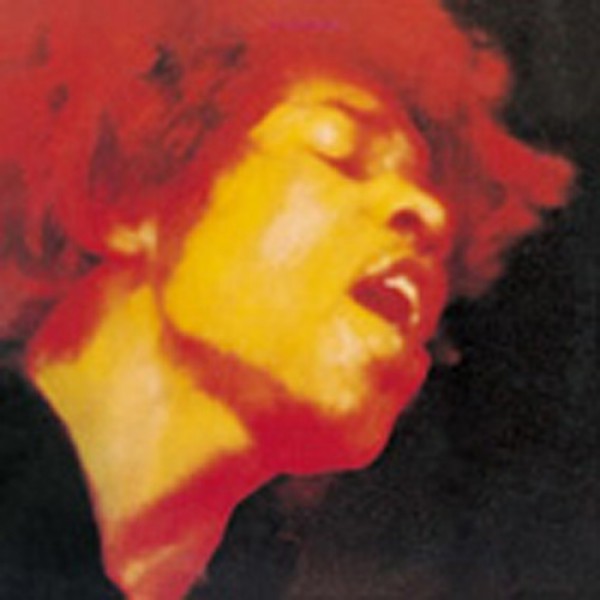For better or worse, my opinion of the work of Jimi Hendrix has always been smothered somewhat by the blanket opinion that he was the greatest guitar player in the history of the fretboard. This is an opinion held by the cool police, nostalgia freaks, my dad, and the music press. It is expected that you will not argue this fact. There is no space for considered debate, conjecture, or alternative opinions. Hendrix is the best. Full stop. No arguments, no discussions. It is an absolute inarguable truth.
I hate absolutes, they never give you room for manoeuvre, or allow you space to develop your own opinions. Legend has it that Hendrix refused to believe the hype that was building up around him by referring to Rory Gallagher as a superior guitar player to himself. Other contemporary accounts tell of Hendrix doing all he could to ensure that, on those occasions he shared a festival bill with Jethro Tull, he was going to appear on stage before them, as he felt that they were one of the few acts that could potentially upstage him. Obviously Hendrix knew he was good, but he would be among the first to admit he was fallible.
Personally I view Hendrix as a great guitar player, but he had a tendency to be a little too indulgent and relied too much on gimmicks to shore up his stage craft. This isn’t such a bad thing, but since his passing those same gimmicks have become clichés. Clichés which have been adopted by every other needlessly flashy and over the top guitar hero since. This is what prevents me from being an all out Hendrix fan – he inspired so many pale imitations of his fret-wankery, that they’ve ultimately eroded his own reputation.
Electric Ladyland is an album that has a reputation as a timeless classic, but unlike other albums which labour under this tag (Sgt. Pepper’s Lonely Hearts Club Band, The Dark Side of the Moon, etc), it isn’t an album which is obsolete through over-familiarity. Instead what drags it down is the sheer indulgence of it. Like a lot of double albums from this era, Electric Ladyland is at least half a side too long, though this is more down to Hendrix’s over-indulgent soloing than anything else. Do we really need fifteen minutes of “Voodoo Chile”? Couldn’t everything that song needed to do have been achieved in half that time? And that tosh about being a merman – did it really need all that twiddly nonsense at the end? Wasn’t it daft enough? Strip away the indulgent nonsense, and there’s the makings of a genuinely great album in Electric Ladyland somewhere, but sadly Hendrix’s production, over-reliance on guitar-hero histrionics, and heavy psychedelic vibes put paid to it being anything more than a fine example of a late 60s period piece.
My problems with the production is down to the vocals being at an odd place in the mix. This may be me missing the point of Hendrix rather than anything else, but the guitar is too far forward in the mix, while the vocals are pushed just a bit too far back. It’s like Hendrix had mixed up the faders on the mixing desk, and nobody had the heart to tell him at the time, and nobody has thought to remedy the situation in the intervening fifty years. Other than that Hendrix’s production job is pretty good, with the band being given space to stretch out, and he has avoided the feeling of claustrophobia that Hendrix’s perfectionism might have resulted in. Personally though, I just can’t get past the vocals being in the wrong place in the final mix.
With the help of Electric Ladyland, I’m managing to work though my bias against Hendrix. I like Hendrix the musician, and my respect for him as an individual has only grown since I have learned that he had the good taste to disown the tasteless ‘naked ladies’ cover which packaged this album in Europe, but I’ve come to the conclusion that the unnecessary hype around his guitar playing, his stage craft, and his influence is something that will never sit easy with me.














No Comment